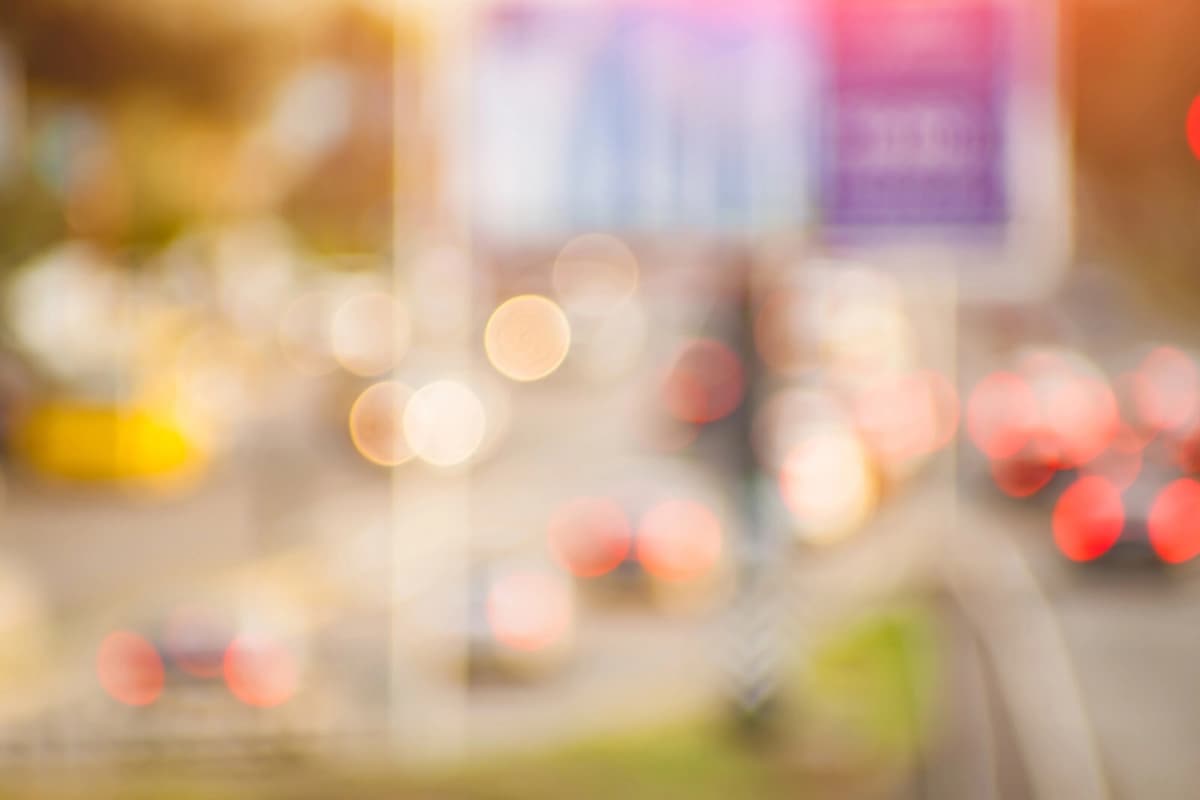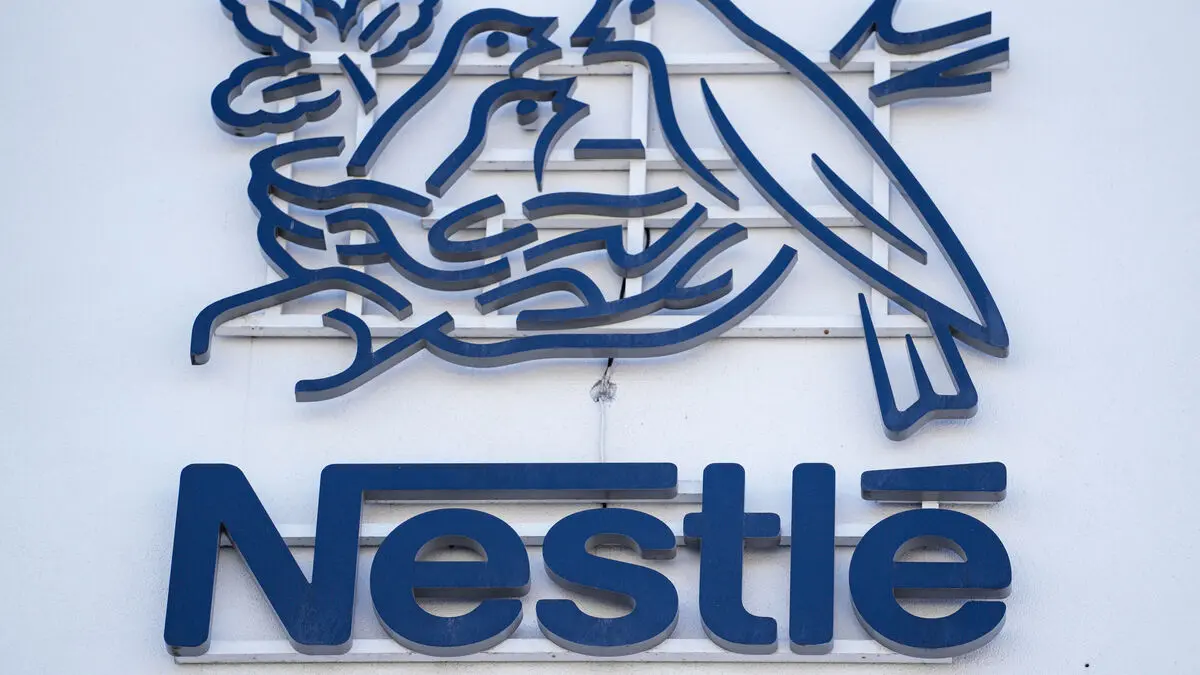In the dissertation from the University of Gothenburg, by doctoral student Julia Wanselius, a method has been developed to estimate the sugar content in food, which has been used on data from the National Food Agency's national dietary survey Riksmaten youth 2016-2017.
The results show that 70 percent of Swedish youth consume more sugar than the recommended intake of a maximum of 10 percent of all calories.
Most sugar is consumed at home during weekends and often outside of main meals. It mainly comes from nutrient-poor foods such as soda, candy, cakes, and pastries, which together account for approximately 70 percent of all added sugar that Swedish teenagers eat.
"Replace soda"
According to Lotta Moraeus, a dietitian at the National Food Agency, it is best to establish good habits early on, such as introducing snacks, Saturday candy, and not having sweets and soda at home on weekdays.
As a teenager's parent, it's about being patient and offering alternative options in small steps.
Teenagers may have their own money to buy things, and then it's harder. It can also have the opposite effect if you nag. But if a teenager drinks soda every day, you win a lot by replacing it a few days a week.
"A lot of sugar"
Often, soda is the biggest sugar trap because you can consume large amounts of it without getting full.
There's nothing positive about it, you should really try to limit it. You also have to remember that energy drinks are just like soda. I think many young people think it's something else, but it contains a lot of sugar.
From that perspective, light variants are better, but for teeth, both options are bad, according to Lotta Moraeus, who primarily recommends water or milk as a meal drink.
You can also introduce flavored sparkling water if you think it's boring to drink tap water.
Easter egg hunt
For those who want to limit their family's intake of sweets during the sugar-filled Easter weekend, she advises thinking about it a bit like Saturday candy, where you decide to eat candy two-three days a week.
It's what happens in everyday life that affects the most, so maybe you don't need to think too much about limiting intake during Easter. On the other hand, it can become a habit if you continue – and that's not good.
Added sugar has been mixed into food during manufacturing or cooking, for example in soda, candy, cakes, pastries, and certain breakfast cereals.
Free sugar includes both added sugar and sugar that naturally occurs in honey, syrup, fruit juice, and fruit juice concentrate. This does not include sugar that naturally occurs in whole fruits, vegetables, and milk.
High intake of added and free sugar can, among other things, increase the risk of caries, overweight, type 2 diabetes, and cardiovascular diseases.
The National Food Agency and WHO recommend that sugar intake should be limited to a maximum of 10 percent of all calories, which for adults corresponds to approximately 50-75 grams of sugar per day.
Source: University of Gothenburg






